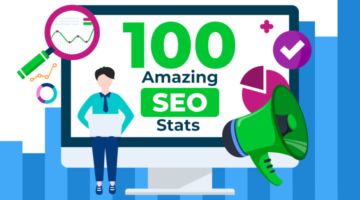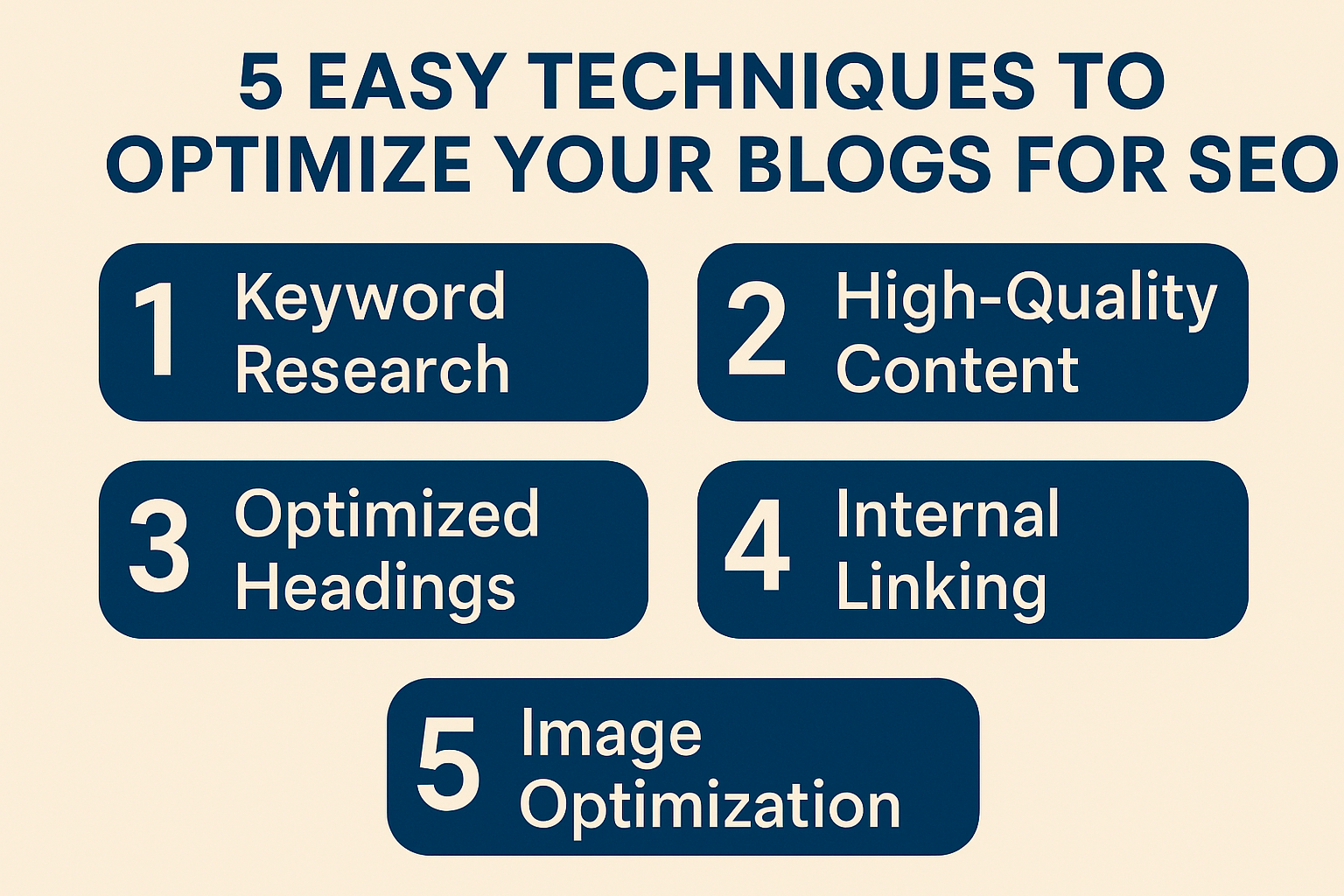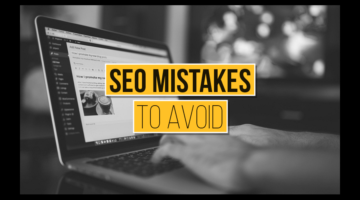New SEO Trends 2025
Exploring the Future of SEO: AI, Zero-Click Searches, and EEAT Explained
In the rapidly changing world of digital marketing, the future of SEO is being reshaped by technological advancements and evolving search behaviors. Business owners and digital marketers face the challenge of adapting to AI-driven search engines, where tools like Google’s Search Generative Experience are altering traditional keyword strategies. The emergence of zero-click searches, where users find answers directly on search engine results pages, is also redefining how businesses capture online traffic. Furthermore, Google’s emphasis on Experience, Expertise, Authoritativeness, and Trustworthiness (EEAT) as a ranking signal is encouraging companies to build trust and demonstrate authority in their respective niches. In this post, we will explore these trends and provide actionable strategies to help businesses stay competitive in this new SEO landscape.## AI-Powered Search Engines

As we look towards the future of SEO, AI-powered search engines are becoming increasingly prevalent. These advanced systems are changing the way we approach keyword strategies and content optimization. Let’s explore how tools like Google’s Search Generative Experience (SGE) are reshaping the SEO landscape.
Impact on Keyword Strategies
The rise of AI in search engines has significantly altered traditional keyword strategies. SEO professionals now need to focus on semantic search and user intent, rather than relying solely on exact-match keywords.
Natural language processing enables search engines to comprehend context and meaning, making long-tail keywords and conversational phrases increasingly critical. This shift requires a more nuanced approach to content creation.
Businesses must adapt by creating comprehensive content that thoroughly answers user queries. This means covering related topics and addressing various aspects of a subject within a single piece of content.
AI-powered search engines also prioritize user experience, so content should be structured logically and provide clear, concise answers to common questions.
Understanding Search Generative Experience
Google’s Search Generative Experience (SGE) represents a significant leap in AI-driven search. This technology aims to provide users with more direct and comprehensive answers to their queries.
SGE uses large language models to generate summaries and responses based on information from various sources. This means that search results may include AI-generated content alongside traditional web pages.
For businesses, this shift presents both challenges and opportunities. While it may reduce click-through rates for some queries, it also offers a chance to have your content featured prominently in these AI-generated summaries.
To optimize for SGE, focus on creating high-quality, authoritative content that directly addresses user needs. Structure your content with clear headings, bullet points, and concise paragraphs to make it easier for AI systems to understand and extract information.
Zero-Click Searches

The concept of zero-click searches has gained significant traction in recent years. This trend, where users find answers directly on the search engine results page (SERP) without clicking through to a website, is reshaping how businesses approach SEO and content strategy.
Capturing Traffic Without Clicks
Zero-click searches present a unique challenge for businesses looking to drive traffic to their websites. With answers displayed directly in SERPs, users may not need to visit individual sites for information.
To adapt, businesses must focus on optimizing for featured snippets, knowledge panels, and other SERP features. This involves structuring content in a way that’s easily digestible for both users and search engines.
Implementing schema markup can help search engines better understand and display your content in rich results. This increases the likelihood of your information being prominently featured in SERPs.
Creating content that goes beyond simple answers and offers additional value can encourage users to click through to your site for more in-depth information. This approach strikes a balance between visibility in zero-click results and driving traffic to your website.
Adapting Content for Zero-Click
To thrive in a zero-click search environment, businesses need to adapt their content strategy. This involves creating content that’s both informative and enticing.
Start by identifying common questions in your niche and providing clear, concise answers. Use formatting techniques like bullet points, tables, and short paragraphs to make information easily scannable.
Incorporate visual elements such as images, infographics, and videos to enhance your content and make it more appealing in SERPs. These elements can help your listings stand out and encourage users to click.
Focus on creating comprehensive content that goes beyond simple answers. While providing quick information for zero-click searches, you also offer in-depth analysis and unique insights that motivate users to visit your site for more detailed information.
EEAT as a Ranking Signal

Experience, Expertise, Authoritativeness, and Trustworthiness (EEAT) have become crucial factors in SEO. Google’s emphasis on these qualities as ranking signals underscores the importance of creating high-quality, reliable content from credible sources.
Demonstrating Authority and Trust
Building authority and trust is essential for improving your website’s EEAT signals. This process involves consistently producing valuable, accurate content in your niche.
Start by showcasing your credentials and expertise. Include author bios, professional certifications, and relevant experience on your website. This helps establish credibility with both users and search engines.
Encourage reviews and testimonials from satisfied customers or clients. Positive feedback from real users can significantly boost your trustworthiness in the eyes of potential customers and search algorithms.
Regularly update your content to ensure it remains accurate and relevant. This demonstrates a commitment to providing up-to-date information and helps maintain your authority in your field.
Building Niche Expertise
Developing niche expertise is crucial for improving your EEAT signals and overall SEO performance. This involves establishing yourself as a recognized authority in your specific area of focus.
Create in-depth, comprehensive content that covers all aspects of your niche. This could include detailed guides, case studies, and original research. Such content demonstrates your deep understanding of the subject matter.
Engage with your industry community through guest posting, participating in forums, and contributing to industry publications. This helps build your reputation and can lead to valuable backlinks from authoritative sources.
Consider collaborating with other experts in your field to enhance your knowledge and expertise. Joint projects, interviews, or co-authored content can expand your reach and reinforce your learning by association with other respected professionals.
Local SEO in 2025

As we look towards the future of local SEO, voice search and AI-powered maps are set to play increasingly important roles. These technologies are changing how users discover and interact with local businesses, requiring new strategies for visibility and engagement.
Voice Search and Local Discovery
Voice search is reshaping local SEO by changing how users search for and interact with local businesses. This shift requires adapting your SEO strategy to accommodate natural language queries.
Optimize your content for conversational keywords and phrases that people are likely to use when speaking. This includes questions starting with “where,” “how,” and “what” related to your local business.
Ensure your Google My Business listing is complete and up to date. Voice assistants often pull information from these listings when responding to local queries.
Create content that directly answers common questions about your business, such as operating hours, location, and services offered. This increases the likelihood that your information will be displayed in voice search results.
AI-Powered Maps and Visibility
AI-powered maps are becoming increasingly sophisticated, offering personalized recommendations and route planning tailored to user behavior and preferences. This evolution impacts how businesses appear in local search results.
Focus on optimizing your business’s online presence across multiple platforms. This includes maintaining consistent NAP (Name, Address, Phone number) information across your website, social media profiles, and business directories.
Encourage customers to leave reviews on platforms like Google Maps and Yelp. Positive reviews can improve your visibility in AI-powered map recommendations.
Consider using location-based marketing techniques, such as geofencing, to target potential customers in specific areas. This can help increase your visibility to users searching for businesses while on the go.
Action Plan for Businesses

To stay competitive in the evolving SEO landscape, businesses need to take proactive steps. This action plan focuses on quick wins with structured data and developing a robust content strategy that incorporates multimedia elements.
Quick Wins with Structured Data
Implementing structured data is a powerful way to improve your website’s visibility in search results. This markup helps search engines better understand your content, potentially leading to rich snippets and enhanced SERP features.
-
Identify the most relevant schema types for your business, such as Organization, LocalBusiness, or Product.
-
Use Google’s Structured Data Markup Helper to generate the necessary code.
-
Implement the structured data on your website, either manually or using a plugin if you’re using a CMS like WordPress.
-
Test your implementation using Google’s Rich Results Test tool to ensure everything is working correctly.
Regularly review and update your structured data to ensure it remains accurate and relevant. This ongoing maintenance can help maintain and improve your visibility in search results.
Content Strategy and Multimedia
A comprehensive content strategy that incorporates various media types can significantly enhance your SEO efforts and user engagement. This approach helps cater to different user preferences and can improve your content’s performance in search results.
Start by conducting thorough keyword research to identify topics that are relevant to your audience and have good search potential. Use tools like Google Keyword Planner or SEMrush to find valuable keywords and phrases.
Create a content calendar that includes a mix of content types, such as blog posts, videos, infographics, and podcasts. This diversity can help you reach a wider audience and improve your overall online presence.
When creating content, focus on providing value and addressing user intent. Use your expertise to offer unique insights and practical advice that sets your content apart from competitors.
Optimize your multimedia content for search engines by:
-
Using descriptive file names and alt text for images
-
Including transcripts for videos and podcasts
-
Creating compelling meta descriptions and titles for all content
Regularly analyze your content performance using tools like Google Analytics and Search Console. Use these insights to refine your strategy and focus on creating more of what resonates with your audience and performs well in search results.












